Working from home is a great experience for many people around the world, especially when it’s only part-time or if you’ve just started. Over time, the novelty of working from home transforms into stress when you feel you don’t have the time you need to finish your work, or you can’t separate work from normal life.

Many of the problems you encounter working at home come when you don’t take the time to set up your workspace appropriately. The environment where you work has a huge impact on how well you can work. Your productivity can be directly impacted by how you set up your home workspace and where you’re doing your work.
The good news is that you can combat the negative impacts of your workspace to improve your productivity and make it easier to work from home. It all comes down to setting up your workspace for success.
If your goal is to improve your productivity working at home, you need to know what can affect that. These 6 factors are consistent across years of research from different organizations:
Poor lighting is regularly associated with worse moods at work. It’s been shown that better lighting leads to more comfortable and productive workspaces. The best type of lighting time and again is natural lighting, with sources like cheap fluorescent lighting being some of the worst for your mental state.
Whether your home office is too hot or too cold, temperature plays a role in how productive you are at home. It’s generally better for the temperature of your office space to be at a comfortable level that you hardly notice. When the temperature of the room is distracting, it will get in the way of your work.
There’s no perfect temperature for working. The ideal temperature for your workspace is something that’s personal to you. While some people prefer warmer spaces, you may prefer it to be a little colder. Find a temperature that helps you focus.
Everything from humidity to CO2 levels can impact productivity. Dust, dry air, excessive moisture, and low air quality have all been scientifically proven to be bad for productivity in office spaces and at home. Poor air quality usually negatively impacts your physical and mental health, making it more difficult to work at full capacity.
On the other hand, good air quality helps you to feel better. When you feel better, you’ve removed one big obstacle and put yourself into the right state of mind and body for a productive work day.
Loud, noisy environments are bad for work. Noise pollution from outside or excessive noise from within your home itself can all contribute to lower productivity. High levels of noise distract or overstimulate your brain, making it more difficult to concentrate on your work and focus on a single task.
Your comfort is usually only a productivity problem when it’s something you notice. If you’re sitting on a backless stool at your desk or trying to work from a plastic chair without a desk, you’re likely to feel back pain, neck pain, or other discomfort. Having a better place to work with a comfortable chair and table or desk can easily solve this problem.
Overly comfortable spaces also complicate things. When you’re laying down on your bed to work or lounging on the couch, you’re sending mixed signals to your brain. The result can be a lack of motivation to work and a stronger feeling of fatigue or tiredness throughout the workday. Being comfortable enough to sleep can be just as damaging to your productivity as being uncomfortable!
Do the aesthetics of a workspace play into how productive you can be in that space? Research suggests that they do. An attractive workspace helps you to feel happier and more at peace, both of which are great for productivity. Happiness and low stress put you in a better state of mind to work more efficiently.
The look and feel of your office can impact your stress levels and happiness. For instance, having some plants around your home office or a nice view out the window can lower stress. An aesthetically pleasing workspace with nice decorations and a user-friendly setup will make you feel better overall, promoting a productive mindset.
What can you do about these environmental productivity triggers? You can’t control everything. Some factors are fully dependent on the design and location of your home. But, you can take a lot of simple steps to make your home as productive as possible, no matter what it’s like.

Depending on how long you’ll be working from home or how your living conditions are, you need to first decide if you’ll be establishing a permanent or temporary home workspace. There are significant differences in how you’ll set up your office depending on its permanence.
If you’ll be working from home for a while, it’s necessary to look for a place you can work consistently for an indefinite period of time. This might mean transforming a guest bedroom into an office or relegating a corner of the living room to become the new workspace.
By dedicating a specific place to become your workspace, you have more freedom to allow yourself to make it into the best place possible for work. If you don’t make a point of establishing which space you’ll be using for work, you’re more likely to just try to work from any place without setting it up for your specific needs.
It’s not sustainable or healthy to work from your bed in the long-term, no matter how good it feels on day one. When working at home is going to be your reality for a while, you have to dedicate some time to establish a healthy, productive work environment where you live.
If you don’t have an area where you can establish a permanent workspace, store your necessary work items in portable containers that you can take around with you. By creating a permanent place to store your items, it’s easier to move them around while staying organized. (This tip is Marie Kondo approved!)
Make a note of the best places for you to get stuff done while you’re working remotely. While some places might be ideal, like the breakfast bar in the kitchen or the dining room table, they are sometimes used for things that are incompatible with your work. You can’t concentrate on a serious assignment while people are cooking, eating, or otherwise using the same space.
Those who live alone have more options for temporarily converting a home space into a workspace, but if you have roommates or family at home it becomes more difficult. The idea is to find a place that you can use consistently that doesn’t need a lot of time or money invested to be appropriate

Good lighting improves the feel of an office and makes it easier to work efficiently. If you have poor lighting, your eyes can easily get strained from looking at the screen too long and trying to focus on a backlit device.
The best type of lighting is natural light. Whenever possible, work near a window that gives a lot light. Supplement this natural light with lamps and light fixtures as needed. Stick to “warm” lighting as much as possible as opposed to lighting that feels unnatural and “cold”.

If you’re not purposeful in removing clutter, stuff tends to collect around your office. You’re there for most of the day, using a variety of things throughout that time. Whether it’s your afternoon coffee cup, a kid’s toys, the mail, or anything else, commit to keeping your office space free from clutter.
There’s a lot of compelling evidence suggesting that a cluttered space increases your stress and makes it more difficult to focus on your work. Clean, decongested spaces help you keep your mind at ease and allow you to be more productive as you work.
Every morning or evening, do a quick sweep through your office space and remove everything that’s not supposed to be there. Each item that belongs in the office should also be sitting in its designated space, rather than being strewn about on the desk.
Clutter tends to collect everywhere, even on the floor and under your desk. Hold fast to your clutter-free rule and don’t allow yourself or anyone else to break it. You’ll be committing to making a space that’s more comfortable and free from distracting messes.
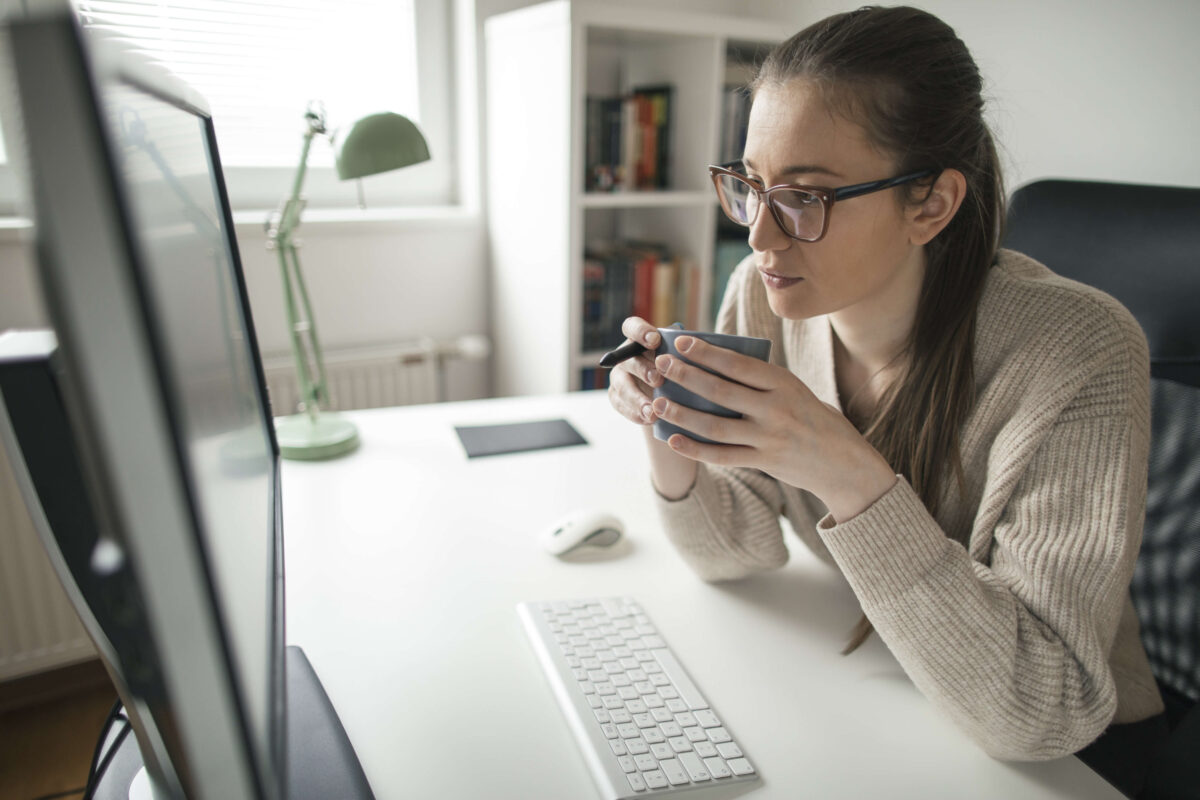
Your workspace should feel distinct from your living spaces. Whether you’ve already got an established workspace or you’re setting up a new place to work at home, do something to intentionally create separation.
A physical barrier of some sort is a great way to make spaces feel distinct, even if your home office is just a desk in one corner of a studio apartment. Anything like a curtain, half-wall, or moveable barrier can create the illusion that your office is its own area of the house.
Without a physical barrier, you can still create separation with a few mental tricks. By painting the wall only around your office space, you can separate the spaces mentally and give the workspace a unique feel.
If you have a spare room you can transform into an office, make sure you’re not mixing it up too much. An office should not be high traffic, so anything that sits in the office that would bring people into the room for another purpose may need to be moved. Keep the office for work and leave the other activities for another room.

Beauty matters in your workspace. Decoration and the feel of the room should not be ignored. As much as you might feel like you can work in a plain room with white walls and an empty desk, it’s not an inspiring environment. Your office can do more for you.
Paint the walls with a color you like, such as a calming blue or green or an invigorating orange. Surround yourself with things that make you happy and help to motivate you to keep working. A great workspace that feels comfortable can inspire you to do a lot more during your normal workday.
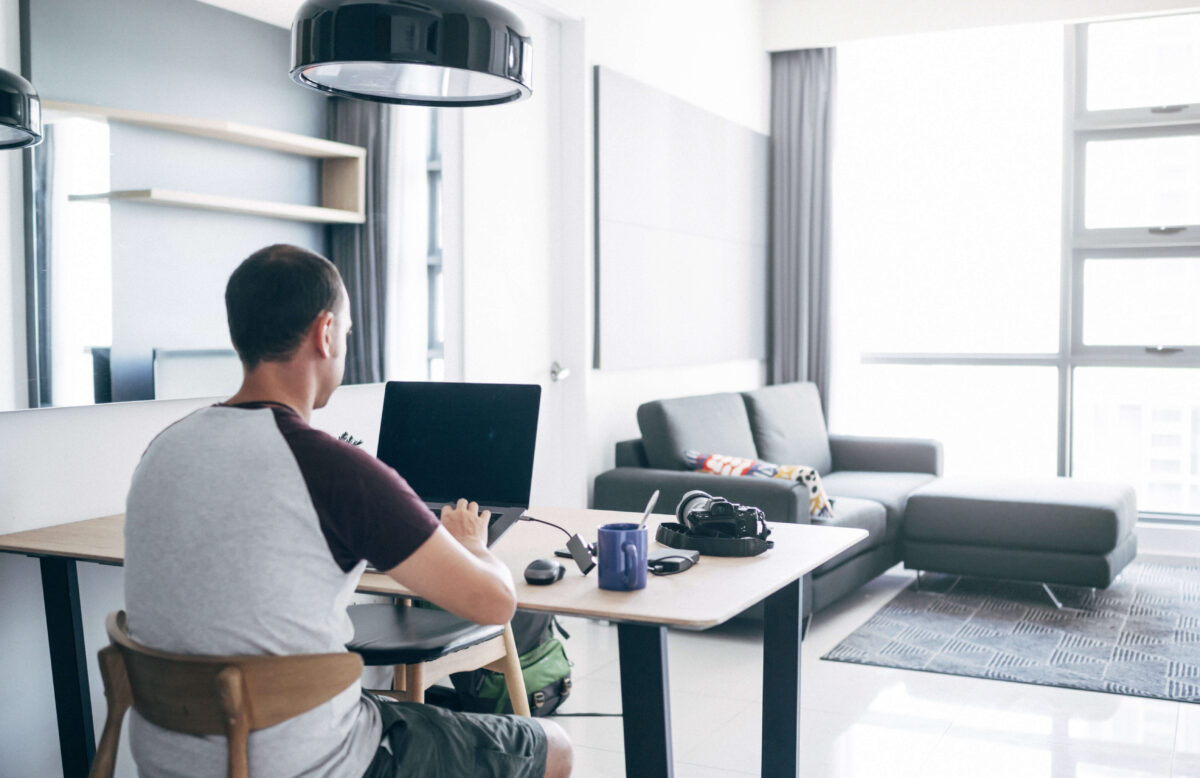
We know that low-quality air can affect your mood and your health. In your own home, you have more power to control the quality of the air in your workspace. You can open the windows to let in some fresh air, install an air purifier, or put in a portable AC for the office. Whatever you do, make sure you’re improving the air quality so you can remain comfortable and healthy while you work.
If you can’t do a lot for the indoor air quality in your workspace, be intentional about getting some fresh air outside every day. Miriam Herst, a beauty editor at All Things Hair, says this about getting outside:
“I’ve been using my lunch break to walk to the park to get some fresh air. I come back to my at-home work station refreshed and reenergized. It’s easily my best tip for staying productive while working from home!”

What will you be using your office to do? Working from home looks different for many people. Website designers have different needs than accountants or customer service specialists. Tailor your office to fit what you need to do there.
Above all, your office should be functional. If it’s not meeting your needs, you won’t be able to get your work done efficiently and you’ll grow frustrated. Set up your workspace with all the essentials so you won’t feel pressured to go elsewhere during working hours.
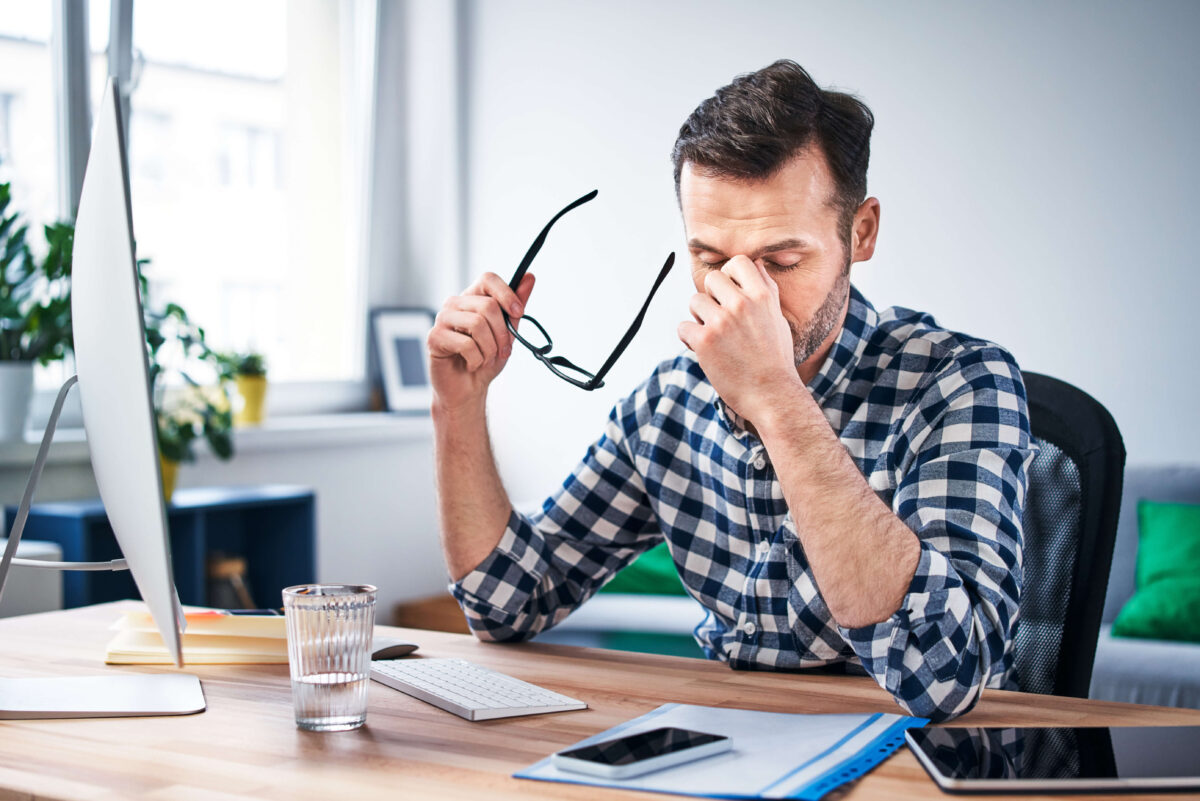
If there’s one thing you should spend on for your home workspace, it’s a good chair. Desks, tables, and other equipment are all important parts of the office, but a good chair helps you stay comfortable for longer and keeps your back from hurting while you’re sitting for long hours.
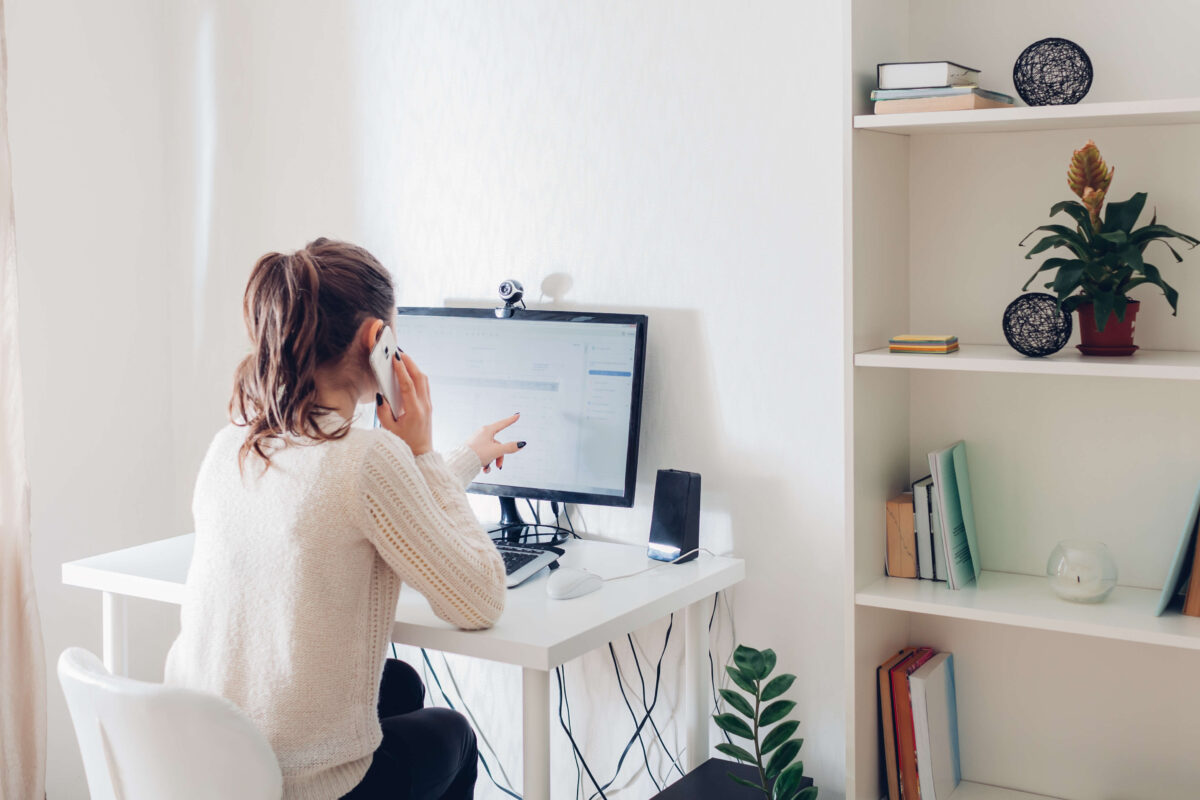
This might be one of the most surprising productivity tips you’ll ready today! Over the course of your workday, you need to take short breaks to refresh and get your mental state right again. For better breaks, keep something that you enjoy doing nearby to where you’re working.
The caveat here is that you shouldn’t keep it somewhere you’ll be tempted to use it all the time. Keep your distracting items out of reach and out of view, but nearby. For example, if you like to take short breaks to play an instrument or read a book, keep your musical instrument or the book you’re currently reading somewhere in the vicinity of your workspace without being in your direct reach.
Intentional distractions give you a great way to refresh and let your mind focus on something else entirely. But, the last thing you want is to stare longingly at your guitar or your phone when you’re supposed to be working! Keep it close, but out of direct sight.
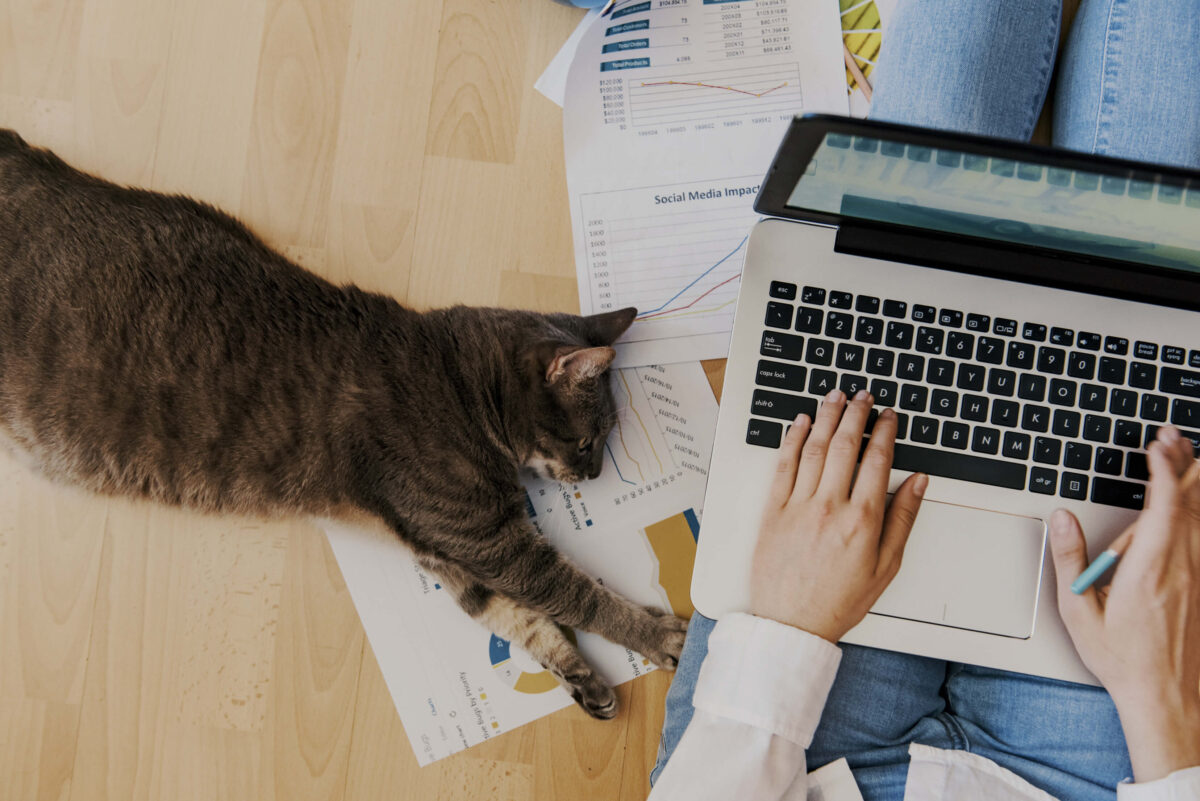
Working from home doesn’t have to be unproductive or stressful. With the right workspace design and boundaries, you can improve your productivity and your working efficiency. Combine these home workspace tips with your own personal habit changes to give yourself the best chances for a productive work-life balance.